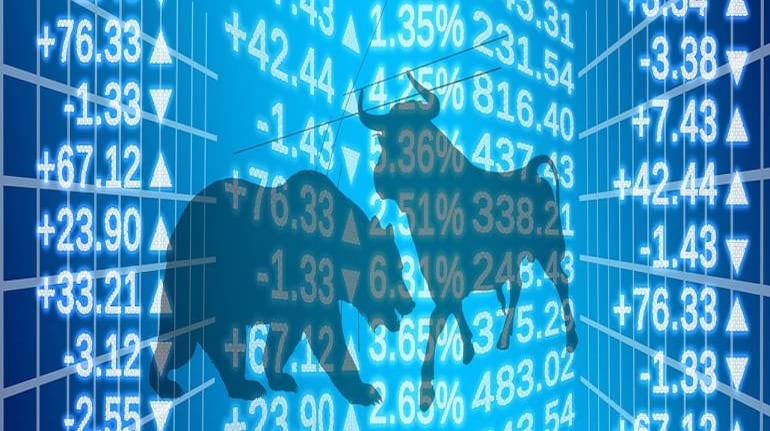



As much as 73.6 percent of active fund managers of mid-/small-cap schemes underperformed the benchmark despite the S&P BSE 400 MidSmallCap Index jumping 44 percent in 2023.
However, the number of large-cap equity funds beating their benchmarks improved in 2023 as only 52 percent of actively managed funds underperformed the S&P BSE 100 last year against 88 percent in 2022.
These are the findings of the SPIVA India Year-End 2023 report, which was released by S&P Dow Jones Indices released on March 28. SPIVA stands for S&P Indices Versus Active Funds.
The macroeconomic backdrop of stabilizing interest rates and commodity prices created major corporate winners in 2023 that raced well ahead of the overall market, making sector weight particularly important and a potentially lucrative avenue for active managers to add value.
Also read | 10 mid-cap gems that children-oriented MFs love to hold for the long term
According to the report, the past year saw differing performance among active fund managers across categories.
The S&P BSE 100 gained 23.2 percent in 2023, and 51.6 percent of active large-cap fund managers underperformed the benchmark over that period. Notably, underperformance rates were significantly high over the three- and five-year periods, at 87.5 percent and 85.7 percent, respectively.
Active large-cap managers have been able to produce relatively better results over the 10-year period, with the underperformance rate dropping to 62.1 percent.
In the mid-/small-cap fund category, the funds also fared the worst in the long run, with 75 percent of them lagging the S&P BSE 400 MidSmallCap Index over the 10-year period ending December 2023.
Benedek Voros, Director, Index Investment Strategy, S&P Dow Jones Indices said, “As we reflect on the past year, the market's vigour is unmistakable, with the S&P BSE 100 and S&P BSE 200 indices posting gains of 23.2 percent and 24.5 percent, respectively. This performance underlines a pivotal year for Indian markets, sustained by a macroeconomic environment that has seen interest rates and commodity prices stabilising.”
Also read | March 31 deadline: MF investors must re-do KYC or be blocked from all transactions
In the tax saving, Equity Linked Savings Scheme (ELSS) fund category, just 30 percent of Indian ELSS funds underperformed the index. The category benchmark, the S&P BSE 200 Index, rose 24.5 percent in 2023.
According to the report, ELSS managers tilting down in the capitalization range toward constituents of the S&P BSE 400 MidSmallCap Index may have been among the reasons for their impressive underperformance rates.
However, ELSS funds’ performance deteriorated over the 10-year period, as 67.6 percent of funds underperformed the benchmark.
Meanwhile, Indian ELSS funds achieved the second-highest long-term survival rate across all categories in the SPIVA India Scorecard, with 73 percent of them still surviving after 10 years.
In the Indian Government Bond fund category, less than one-fifth of active managers beat the benchmark in 2023, with an underperformance rate of 81.5 percent.
The S&P BSE India Government Bond Index, the benchmark for the category, increased 7.9 percent in 2023.
Also read | Can AI beat Rajeev Thakkar, Chirag Setalvad, Sankaran Naren, Gopal Agrawal and other fund managers?
Active Indian government bond funds did relatively better in the intermediate term, with three- and five-year underperformance rates of 75 percent and 64 percent, respectively. Over the 10-year period, however, a full 90 percent of active funds underperformed the benchmark.
Discover the latest Business News, Sensex, and Nifty updates. Obtain Personal Finance insights, tax queries, and expert opinions on Moneycontrol or download the Moneycontrol App to stay updated!
Find the best of Al News in one place, specially curated for you every weekend.
Stay on top of the latest tech trends and biggest startup news.